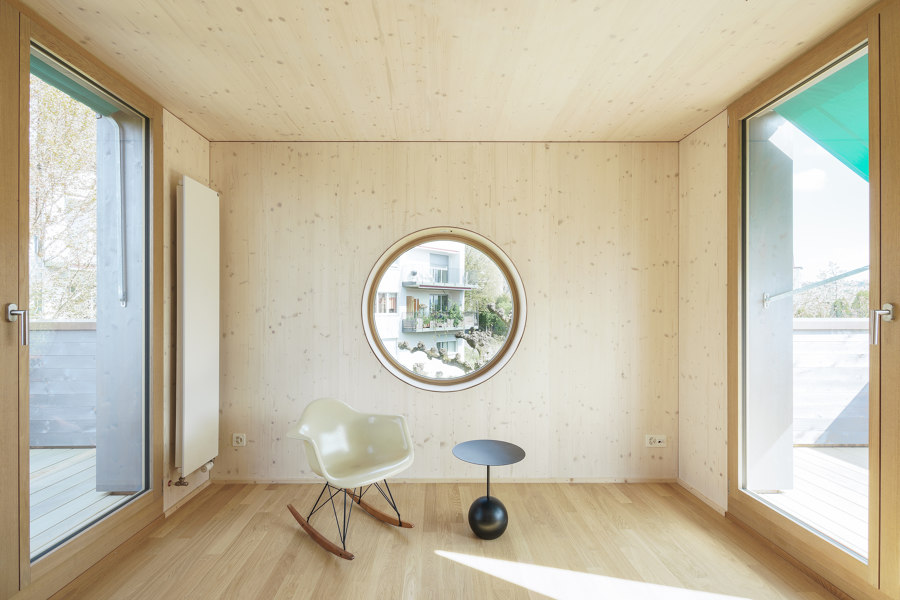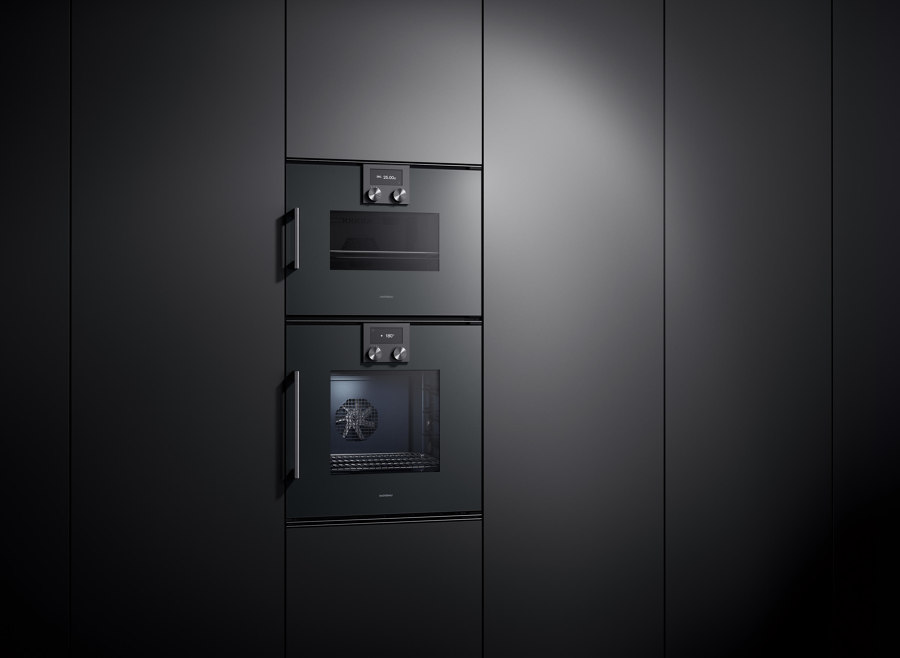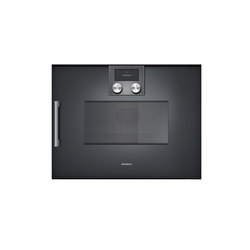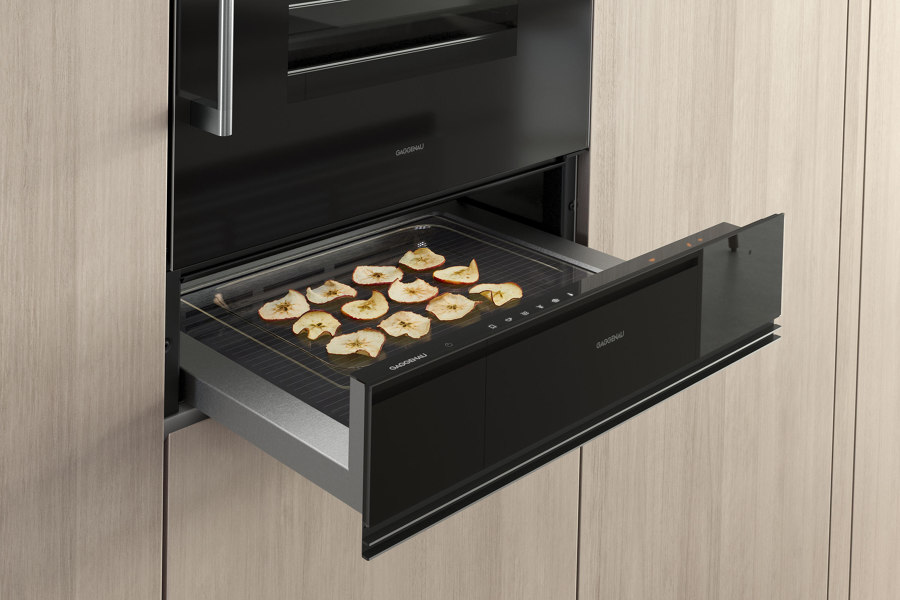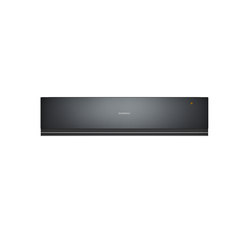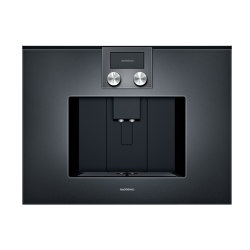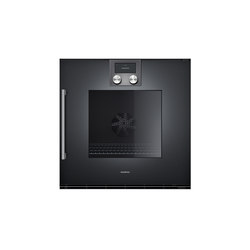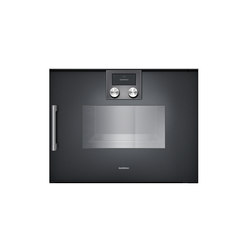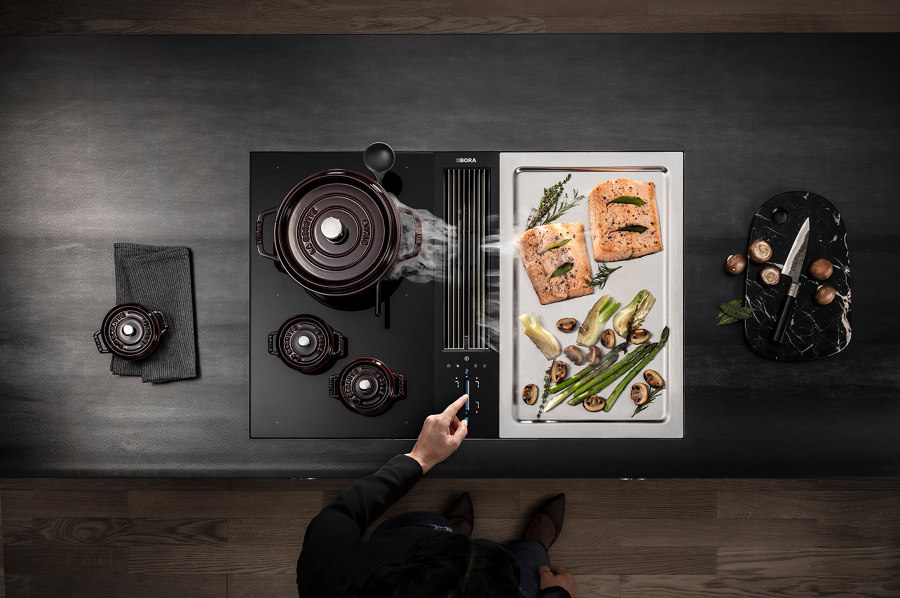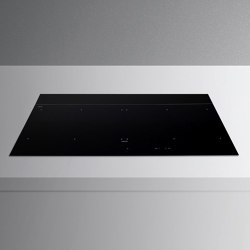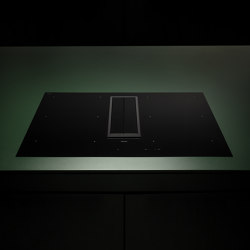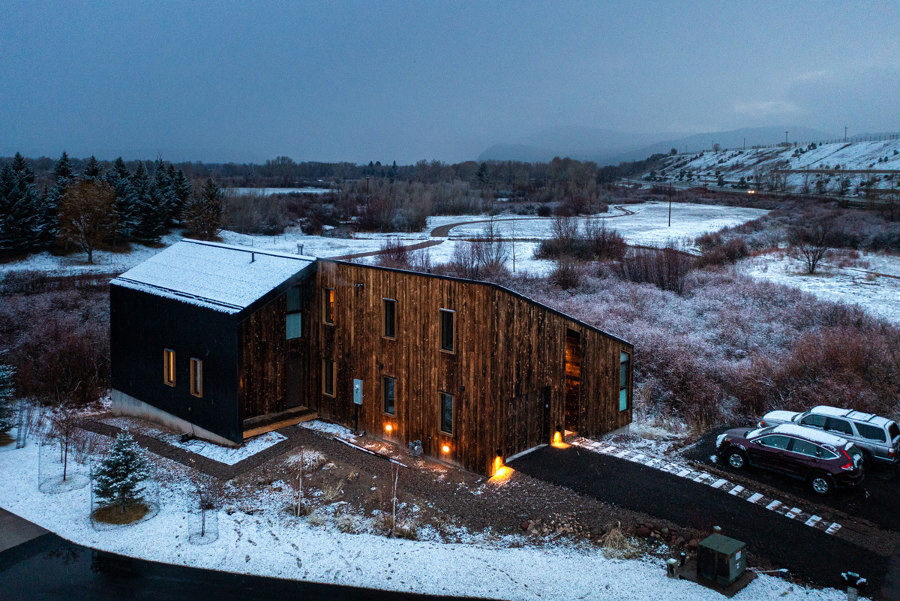Energy solutions and appliances in the modern electric home
Scritto da James Wormald
07.08.23
Homeowners targeting carbon neutrality by reducing their reliance on fossil fuels can simply turn off the gas. But is the alternative just an all-electric dream?
The flexible application of hot zones allows users to expand their use of induction and ceramic hobs like CKCB from BORA to more efficiently cater to various dishes and recipes

The flexible application of hot zones allows users to expand their use of induction and ceramic hobs like CKCB from BORA to more efficiently cater to various dishes and recipes
×Whether it’s a guilt-driven effort to reduce one’s own carbon footprint, an economy-inspired reduction in energy bills or simply taking advantage of a government incentive scheme, sustainable construction and design choices are not only being made by the most eco-aware amongst us, but now by anyone with an eye on both the current cost of energy and the future cost of its obsolescence.
Whatever the motivation, as we desperately attempt to reduce our self-destructive reliance on fossil fuels, our homes and buildings are gradually turning their backs on gas – one of the final hurdles standing between us and a carbon-neutral home. These alternative systems and appliances run on renewable electricity instead, breaking our reliance on emission-causing gas-dependant products and using innovative electrical technology to improve them too.
Thick walls form a cosy window seat at the House with an Eye (top, middle) and solar panels help power the Black Pond Lane House (bottom). Photos: Alexandre Kapellows (top, middle), Billy Bolton (bottom)

Thick walls form a cosy window seat at the House with an Eye (top, middle) and solar panels help power the Black Pond Lane House (bottom). Photos: Alexandre Kapellows (top, middle), Billy Bolton (bottom)
×How to heat a home without gas
Most homes on this planet are built in areas with changeable climates – where it’s either slightly too hot, or slightly too cold for year-round comfortable habitation without some sort of help from an energy source. Because of this, HVAC (heating, ventilation and air conditioning) systems represent most of the home’s energy use. Even with the increased thickness of insulation keeping heat in or out of modern projects such as the House with an Eye from Studio Anna Jach, where a total wall depth of 400mm (with 260mm insulation) helps to reduce heating costs by 50%, residences still need extra help to keep us warm.
There are plenty of ways to heat a home and its water without feeling guilty
There are plenty of ways to heat a home and its water without feeling guilty, however, such as installing more efficient and sustainable electric boilers instead of gas, ground source heat pumps which collect warmth from underground where it’s around ten degrees higher than at the surface or air source heat pumps like at the gas-free Black Pond Lane House by Sketch Architects, where an ASHP is powered in part by the building’s PV solar panels and battery storage.
Gaggenau’s electric-powered 200 series serves all imaginable cooking activities with even-temperatures fan-assisted ovens and steam ovens, warming and vacuum drawers, microwaves and coffee machines
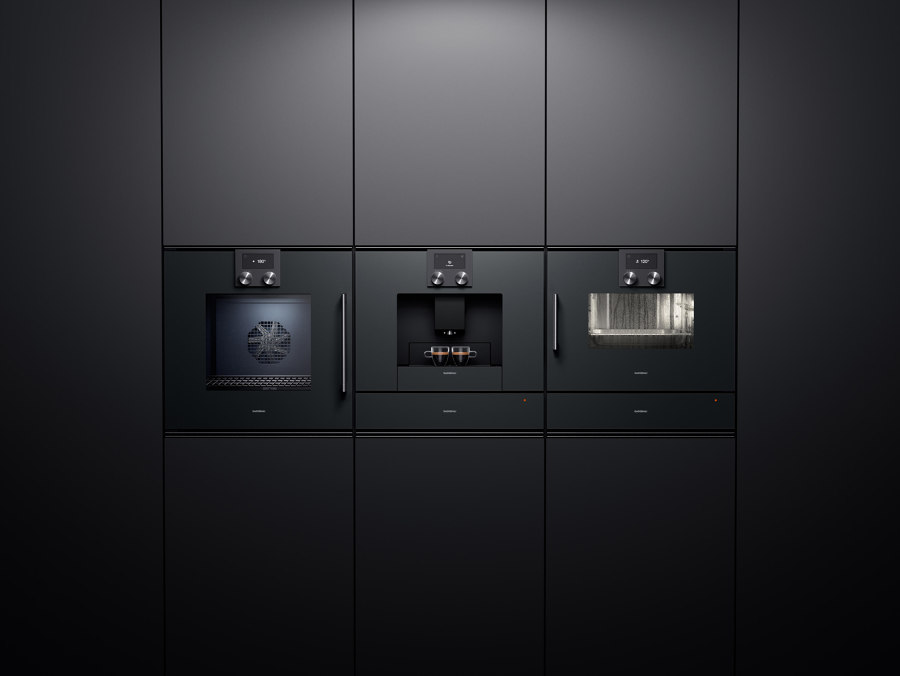
Gaggenau’s electric-powered 200 series serves all imaginable cooking activities with even-temperatures fan-assisted ovens and steam ovens, warming and vacuum drawers, microwaves and coffee machines
×Get things started by cooking without gas
So once we’ve reduced our reliance on gas by installing electricity-based systems to heat our homes and ourselves, what else can we do to eradicate fossil fuels from our lives? The second biggest use for gas in the home is to cook and heat food.
While electric ovens can take longer to warm up and cool down, when they’re actually being used they tend to be far more operationally efficient. For example, fan-assisted electric ovens spread their heat around evenly to ensure a far wider temperature sweet spot, and many innovation-heavy appliances like Gaggenau’s 200 series feature various settings to suit whatever food or dish is cooking. Meanwhile, a pyrolytic function can heat the electric oven up to over 400 degrees, carbonising baked-on remnants to ash before simply being wiped away.
Electric ranges like BORA’s CK series (top) can put hobs, ventilation and grills in one sleek unit while efficient induction hobs like Brera (middle) and Quantum (bottom) from Falmec heat the pan, not the surface itself
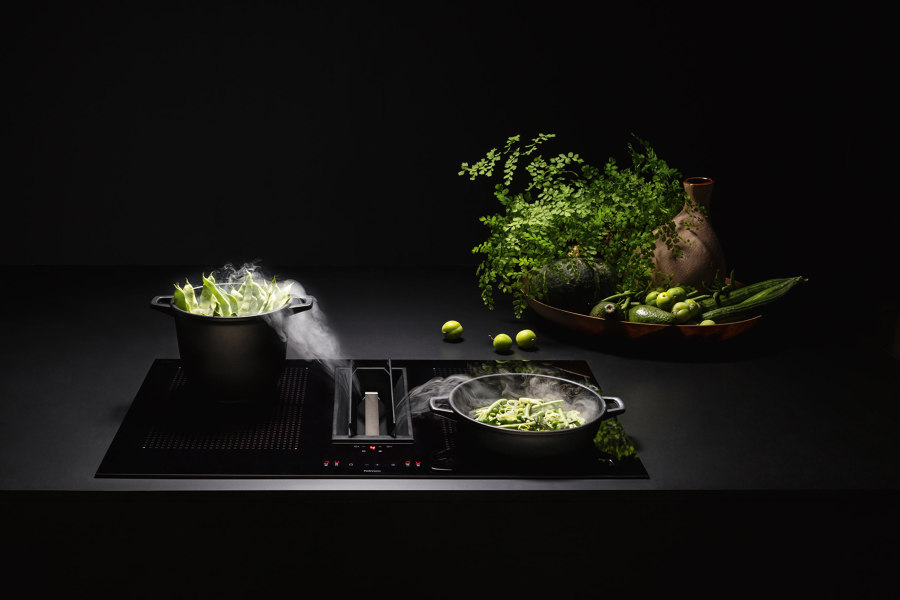
Electric ranges like BORA’s CK series (top) can put hobs, ventilation and grills in one sleek unit while efficient induction hobs like Brera (middle) and Quantum (bottom) from Falmec heat the pan, not the surface itself
×Turn the gas off for good with electric hobs
Traditionalists might, at this stage, try to argue that electric cooking appliances like fan ovens and electric hobs can never match the level of control you get with gas alternatives. And while that’s true to an extent, the multiple subtle benefits of electric cooking can still outweigh the negatives.
Induction hobs heat the pan, not the hob
Electric hobs like BORA’s CKCB HiLight hob, for example, hide their heating elements behind ceramic glass to keep it out of reach. Electric induction hobs, meanwhile, feature the almost magical ability to heat the pan, but not the hob, ensuring no heat is wasted on warming the hob surface. Both standard ceramic and induction hobs like the Brera induction hob from Falmec are able to use pan-detection technology, automatically warm up hot zones only, and precisely, where required. This means the hobs only heat the area they need to, becoming more efficient, while also having the capability to heat larger panware like roasting dishes.
Rocky Mountain House with EV charger (top) and The Green Silhouette building’s roof with shared garden terrace and solar panels (bottom). Photos: Dylan Brown (top, middle), W-Workspace (bottom)
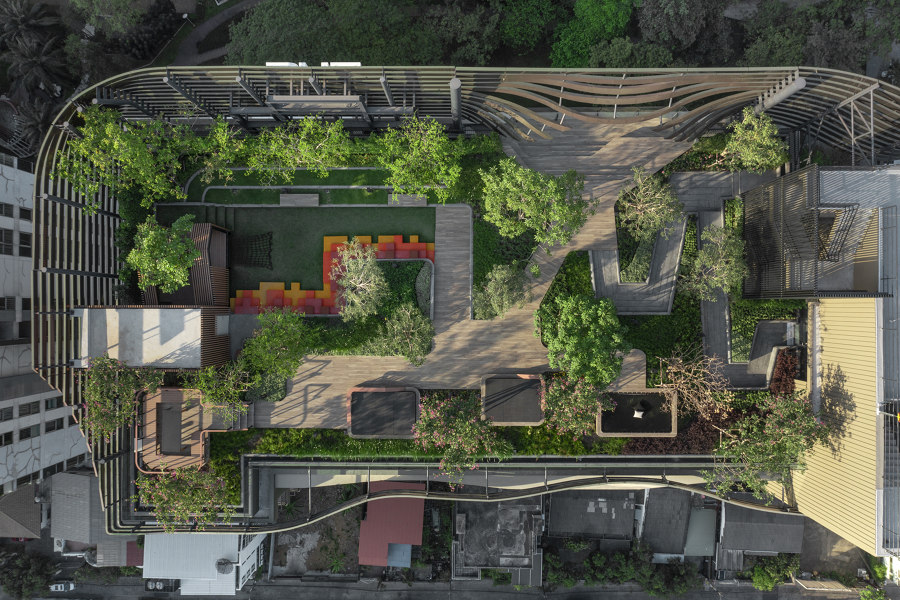
Rocky Mountain House with EV charger (top) and The Green Silhouette building’s roof with shared garden terrace and solar panels (bottom). Photos: Dylan Brown (top, middle), W-Workspace (bottom)
×How to power this new electric dream (home)
It won’t just be our homes that run solely on electric energy in the new world, our energy needs when travelling outside the home will be covered, too. The Nordic-style Rocky Mountain House #1 in rural Colorado, US, for example, by forma Architecture, has a fitted EV charger as one of its sustainable design features – also including a heat pump and thick insulation – helping the mountain-trekking homeowners to stay fuelled up, even if the local gas station gets snowed in.
Due to government targets and the resulting incentive schemes, meanwhile, there are now long waiting lists to retrofit EV chargers and heat pumps, as well as solar panels to provide all this extra electricity. And future-ready developers are either already or soon will be encouraged by law to install them in new build projects. The Green Silhouette Residential Building in Thailand, for example, by Archismith Architects, is filled to the brim with sustainable features such as EV chargers and solar cells on the roof terrace.
© Architonic
Head to the Architonic Magazine for more insights on the latest products, trends and practices in architecture and design, or find inspiration in a whole world of projects from around the globe through ArchDaily’s architecture catalogue.



